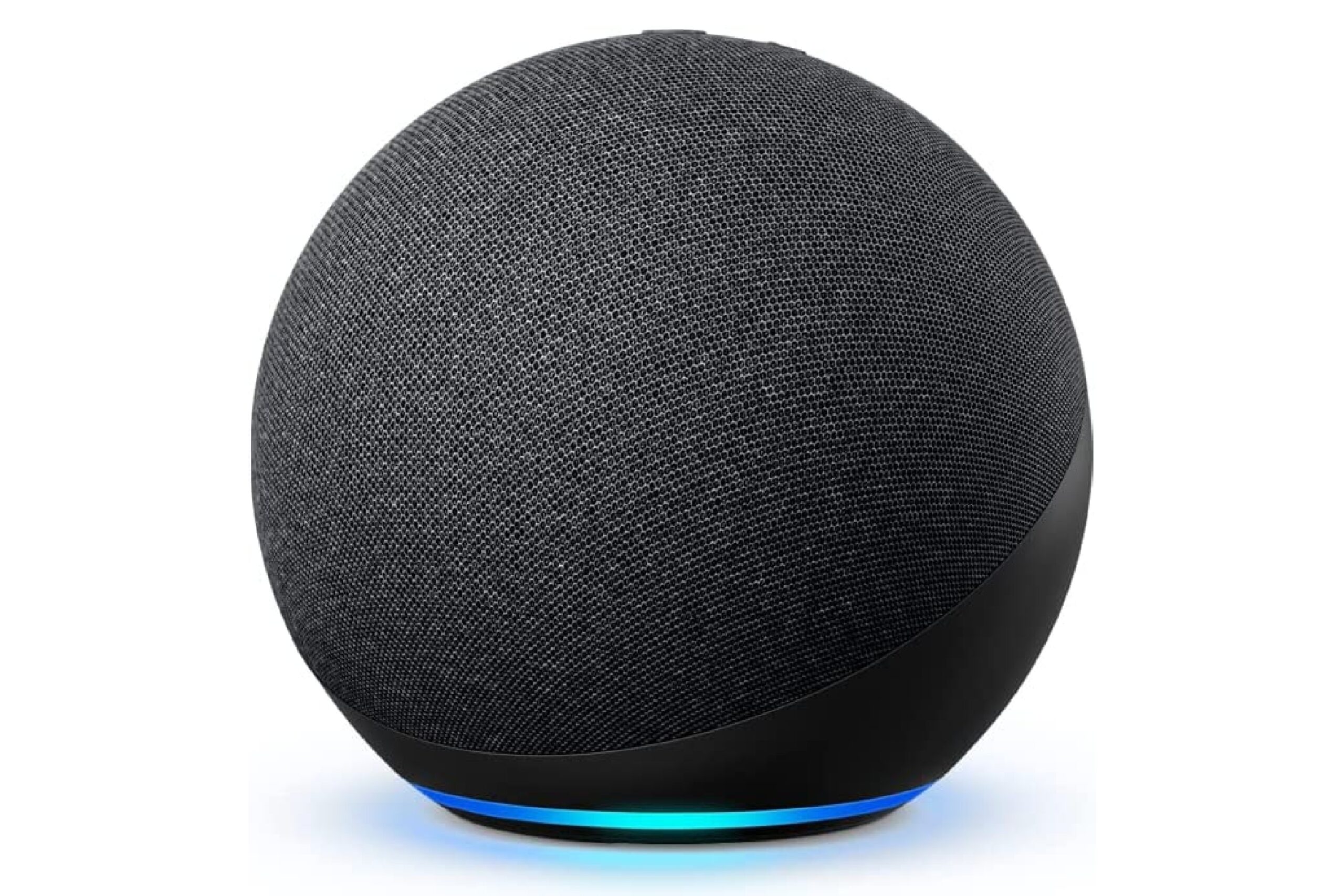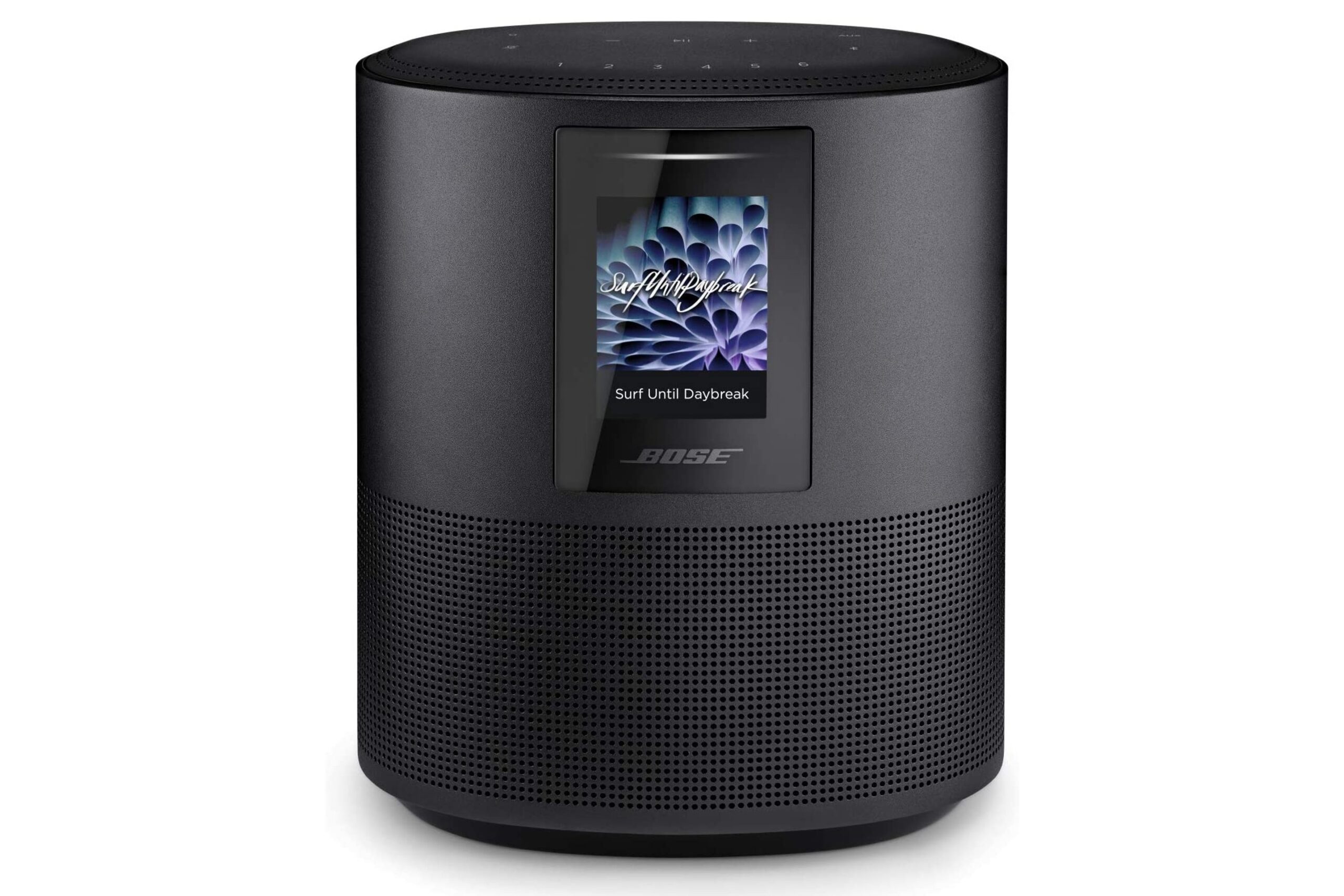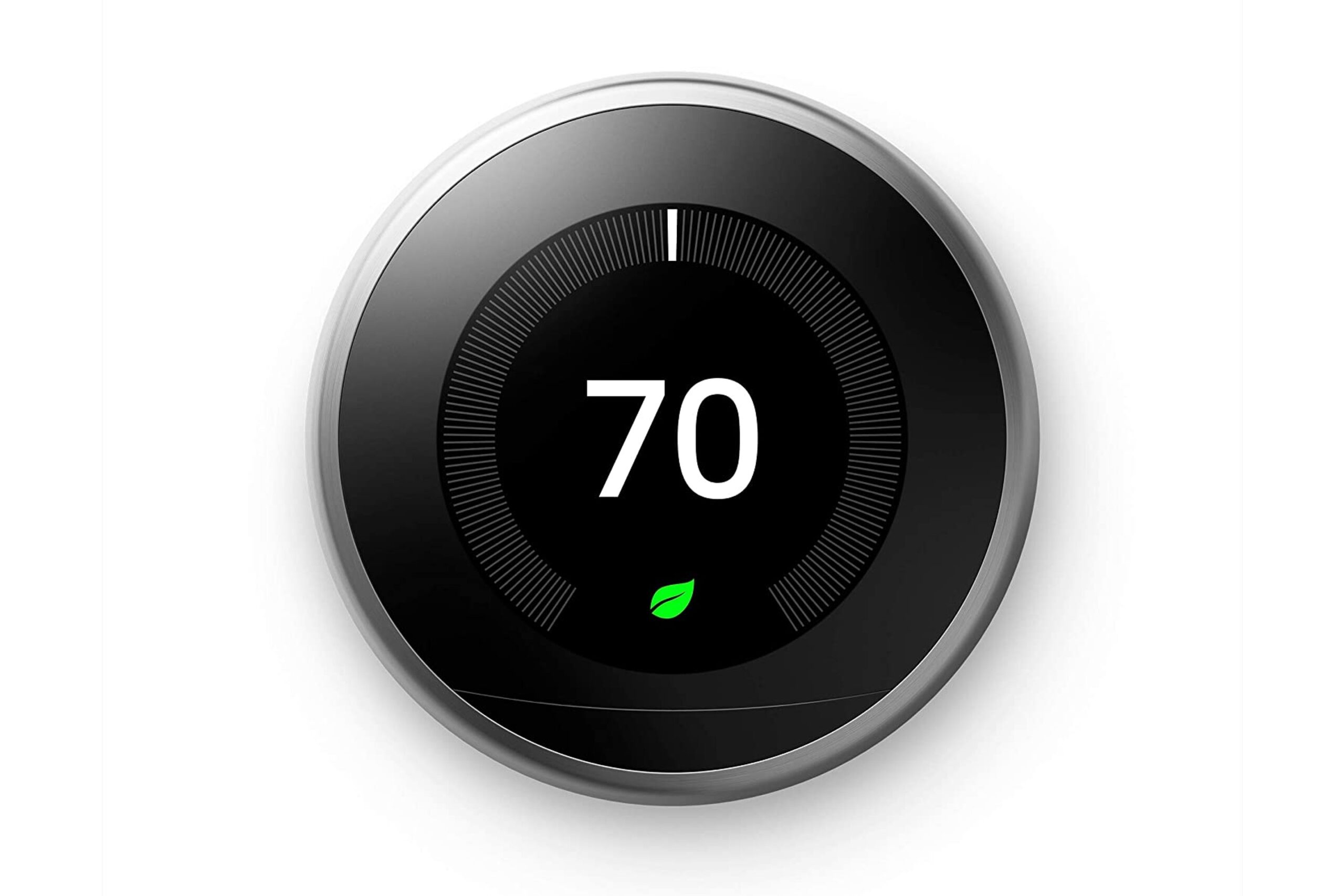Make Your Life Easier With the Best Smart Home Devices
The Internet of things is all the rage these days, but what does it even mean? Simply put, the Internet of things is a series of interconnected devices that can make your life easier and your home safer. Imagine, you can lock your doors remotely, control the lights in your home with a voice command, and even talk to your dogs when miles away.
A smart home is a place that kind of knows your needs and gives you control to make things go the way you want. At least, that's the selling point. Although the process of integration is anything but simple, the right arrangement and combination of devices can greatly improve your quality of life.
That said, there are a dizzying array of options for making your house more modern and convenient, from apps to voice-activated devices. Given how finding the right devices can really tire you out, we've compiled a list of the top smart home devices of 2023 to help you select the ones that make your life a little simpler.
Comparing the Top Smart Home Devices of 2023 in Detail
Amazon Echo Smart Home Device: Best Overall

The Amazon Echo Smart Home Device is a fabric-covered orb-like smart speaker that looks nothing like its predecessors. We've chosen it as best on our list because of its modern design, the Zigbee hub, and its temperature sensor, making it an excellent option for your smart home.
One of the new and noteworthy additions to this Echo is a temperature sensor, which you can open in the Alexa app to see what the temperature in the room is. Even better, the built-in Zigbee hub makes it easy to link to other smart home devices. Meanwhile, thanks to the 3.5mm line in/out, you can plug in your headphones and listen to Alexa-powered music or use the new Echo as a speaker for a device that doesn't have Bluetooth.
The ring of lights that illuminates when you say Alexa's wake phrase has been shifted from the top to the bottom of the speaker for a more diffused but still easily distinguishable blue light. Additionally, the Alexa, volume up/down, and microphone mute controls can all be found on the top panel. On the back, you'll find the AC power adapter port and a 3.5mm jack for headphones or external speakers. If you're an Alexa user, you won't be let down by the sound quality of this fourth-generation Echo, whether you use it alone, in a stereo pair, or as part of a multi-room setup.
Bose Home Speaker 500: Quality Sound

The Bose Home Speaker 500 is a wired-only home speaker with built-in Google Assistant and Alexa. We chose it as the best sound because it has an out-of-the-box sound quality that delivers excellent performance with a wide variety of audio content, and its software also has bass and treble tuning tools. Additionally, it can hear you clearly, even if you are far away or in a noisy setting.
The base is quite modest and has an elliptical shape that is considerably wider than deep, so it's simple to perch this speaker on a counter, bookshelf, or mantle.
Even better, this smart home device is simple to install, and with the help of the Bose Music app, you can set it up for your home Wi-Fi, link it to your Google account for access to Google Assistant, and start enjoying your favorite music in less than five minutes. The Bose Music app is simple and pretty straightforward, with excellent guidance and feedback at every turn.
Govee Dual Smart Plug: Most Convenient

The Govee Dual Smart Plug is an easy-to-install smart plug that works with Alexa and Google Assistant, giving you additional control over your plugged-in devices.
We chose it as most convenient because even the most inexperienced user should be able to follow the Govee mobile app's step-by-step setup instructions. Better yet, the smart plug's front-facing external light makes it possible to sit on the couch while getting everything set up. And the cherry on top, the app makes it very simple to configure your timings by prominently displaying the settings menu and auto-off and auto-on buttons.
Google Nest Learning Thermostat: Best Color Variety

The Google Nest Learning Thermostat is a stylish and affordable Energy Star-certified thermostat that can recognize your routines and modify your home's temperature. But even without the ability to schedule events, its set of features is amazing. First of all, it's available in a ton of different colors, so you'll easily be able to find one that suits your home. Also, you can use it to manage your home's temperature with just a few easy voice commands to a smart speaker, and it works with both Alexa and Google Assistant. Even more, the Nest app integrates with it, allowing you to control all Nest gadgets, including security cameras and smart locks, from a single location. Best of all, it doesn't even need a C-wire for installation.
The Google Nest Learning Thermostat also advises you how to use energy more wisely. When you see the tiny green leaf on display, it means that Eco Mode is on. Simply keep adjusting the temperature on your thermostat until a leaf emerges, at which point you will know it is the best setting for saving energy.
Kasa Smart Light Switch: Best Features

If you are looking to add a smart light switch to your home, the Kasa Smart Light Switch is a great choice. Despite having a simple design, the device allows for timers, planned shutdowns, and even the ability to occasionally turn the lights on and off to give the impression that someone is home.
With the Kasa, you can access extra functions like remote control from anywhere or inside your house. You can also control these smart switches using voice commands with Amazon Alexa and Google Assistant. Additionally, the Kasa app offers many other functions, like viewing your runtime, your usage, and scheduling turn-on or shut-off times.
This handy smart home device also features a Wi-Fi signal that shows the strength of its connection to your network on the switch itself. That is a fairly useful function to have, particularly during configuration.
Buying Guide: Smart Home Devices
Smart homes are a trend now, and there is a "smart" version of almost every imaginable home device. From the dual smart plug and thermostat, to the smart light switch and household speaker, practically every home device has spawned an internet-connected version in the last decade. Choosing the right product that improves your daily life can take time and effort, however, so consider the following factors while buying your smart home device.
How To Pick The Right Smart Home Devices
Compatibility
It is best to determine which smart home hubs are compatible with your new device. Google Assistant, Apple HomeKit, and Amazon Alexa are the most popular accepted virtual assistants. You can create your smart home around a single "ecosystem," where you can connect and seamlessly interact with your devices.
Power Source
Dual power sources may seem trivial, but they can be vital, especially for essential smart home devices. Typically, a smart light switch does not require a battery backup. But, with devices such as a smart home hub or thermostat, you'll likely require multiple backup power sources.
Controls
Consider how you can control your smart home. Most devices include apps that you can control from your smartphone. That's convenient, but you can quickly end up with way too many apps on your phone. If you use a smart home hub, you can put everything on a single app, and most hubs also let you control smart devices with your voice.
Lifestyle
Look for devices that will genuinely improve your lifestyle, such as speakers if you're a music lover and a thermostat if you want to monitor the temperature in your home. If you're replacing a switch, look for the latest dual smart plug.
Look
A smart home device is an essential part of your home and, as such, it shouldn't take away from your home's aesthetic. So, whatever you choose, you should make sure that it matches the look of your home.
Different Types Of Smart Home Devices
Smart Thermostats
Smart thermostats maintain pleasant temperatures when you are at home and cut power consumption when you're away. You can use them with your smartphone to view usage history using real-time insights and scheduled stat updates, which means greater convenience and less waste.
Smart Lights
Smart lights allow you to adjust the color, brightness, hue, and atmosphere of the lighting in your room to fit your mood or personal preferences. You can set your radiance to match your requirements, even if you're reading, relaxing, exercising, or socializing. You can also save certain configurations for future use.
Even more, you can establish automatic off-and-on schedules for every light in your home, ask Alexa to turn on a light, or set up a timer to slowly increase the intensity of the light to ease yourself out of bed. With controls on your phone, you can return from a trip to a warmly lit home or turn on pulsating neon lights for a dance party in the living room.
Wireless Home Speaker
Home speakers and other wireless audio devices provide the optimal audio experience — all you need is a speaker and a wireless router. A downloadable application unifies your digital audio collection, allowing you to stream music in each space or independently if someone wishes to listen to a different song in the living room.
Benefits Of Using Smart Home Devices
Remote Check-Ins And Monitoring
You can control smart homes from anywhere through remote monitoring, as long as they are connected to the internet. This allows for instantaneous monitoring of your home's security and other features.
Convenience
Never before has it been feasible to perform so many jobs simultaneously with minimal effort, such as using only your voice to control home appliances. Smart devices allow you to alter the lights in a room, secure your home, or order your favorite meal online, elevating convenience to another level. Additionally, the latest smart devices feature the ability to analyze your preferences to give you automated, individualized service.
Energy And Utility Management
Controlling your home's utilities, like the heater, air conditioner, and lights will help you save money. To avoid discomfort and unnecessary energy use, for example, you can set your thermostat to a different temperature at different times of the day.
It is also possible to automate the powering off of electronics like TVs and video game consoles by installing smart outlets. You can even schedule your smart LED bulbs' on/off operation for added safety and convenience.
Additionally, smart home devices, such as smart thermostats, speakers, smart lights, smart switches, remote power management, washing machines, and refrigerators, can optimize energy use and consume less to do more, reducing energy expenditures.
People Also Ask
Why should I invest in smart home devices?
Smart home technologies add convenience you wouldn't have otherwise and can save you money as well. A smart thermostat can save 10% on energy expenditures if programmed properly. Other technologies like smart bulbs and plugs, which you can plan or turn off remotely, can save energy while you're away.
Why should I use a smart home device?
The use of smart home devices allows homeowners to remotely access house devices such as lights, security cameras, and smoke alarms. Remote access to devices offers owners who are not in town or away during the day an additional layer of security and the assurance that their properties are secure.
Do my smart home devices require internet connectivity?
Yes, internet connectivity is essential for smart home devices as it allows the user to receive alerts from the device or remotely monitor the device. But smart locks, smoke alarms, and smart light bulbs function similarly to their non-smart counterparts if you lose your internet connection.
Can I conserve energy using smart home devices?
Yes, many smart home devices can help save energy. For instance, a homeowner with smart lighting can program the lights to detect motion and turn them on or off based on who is or is not in the room.